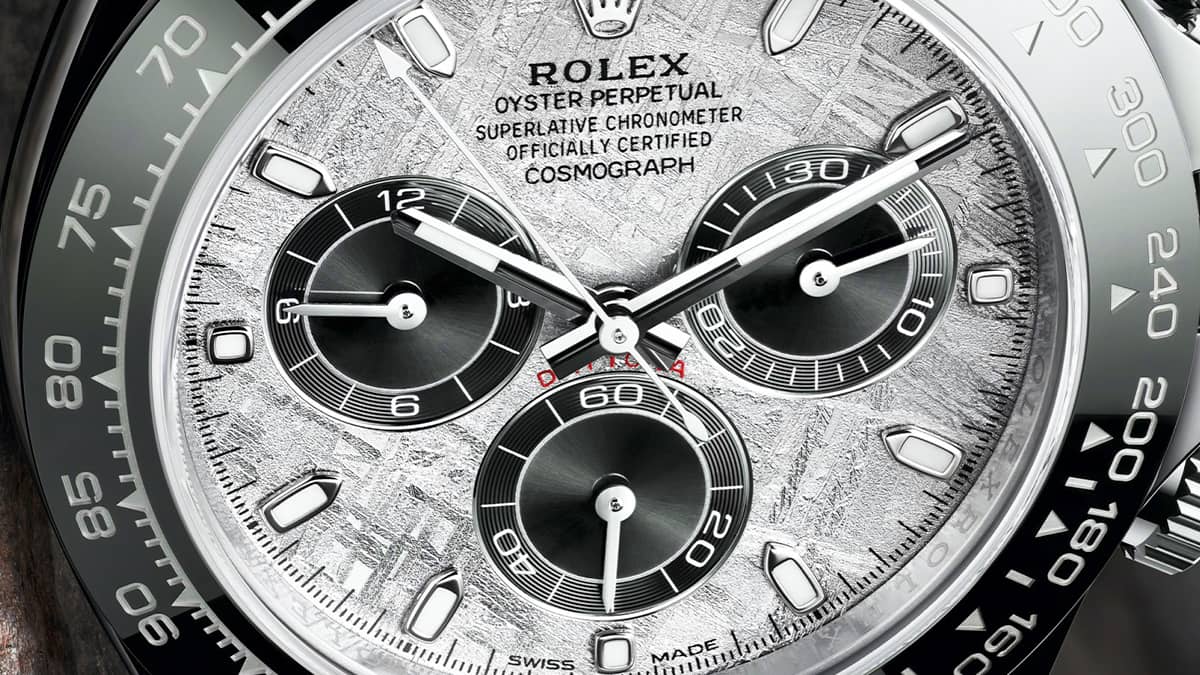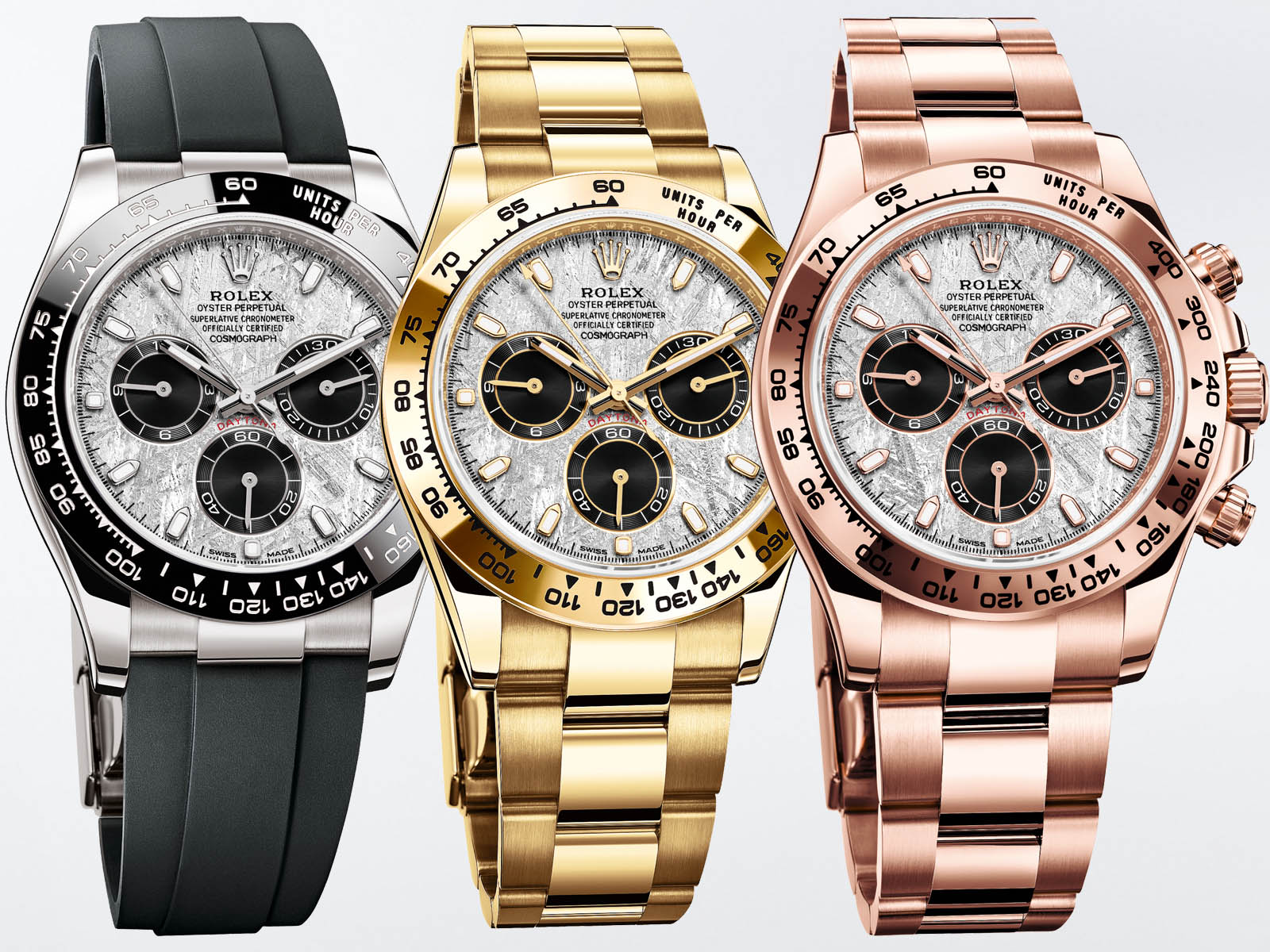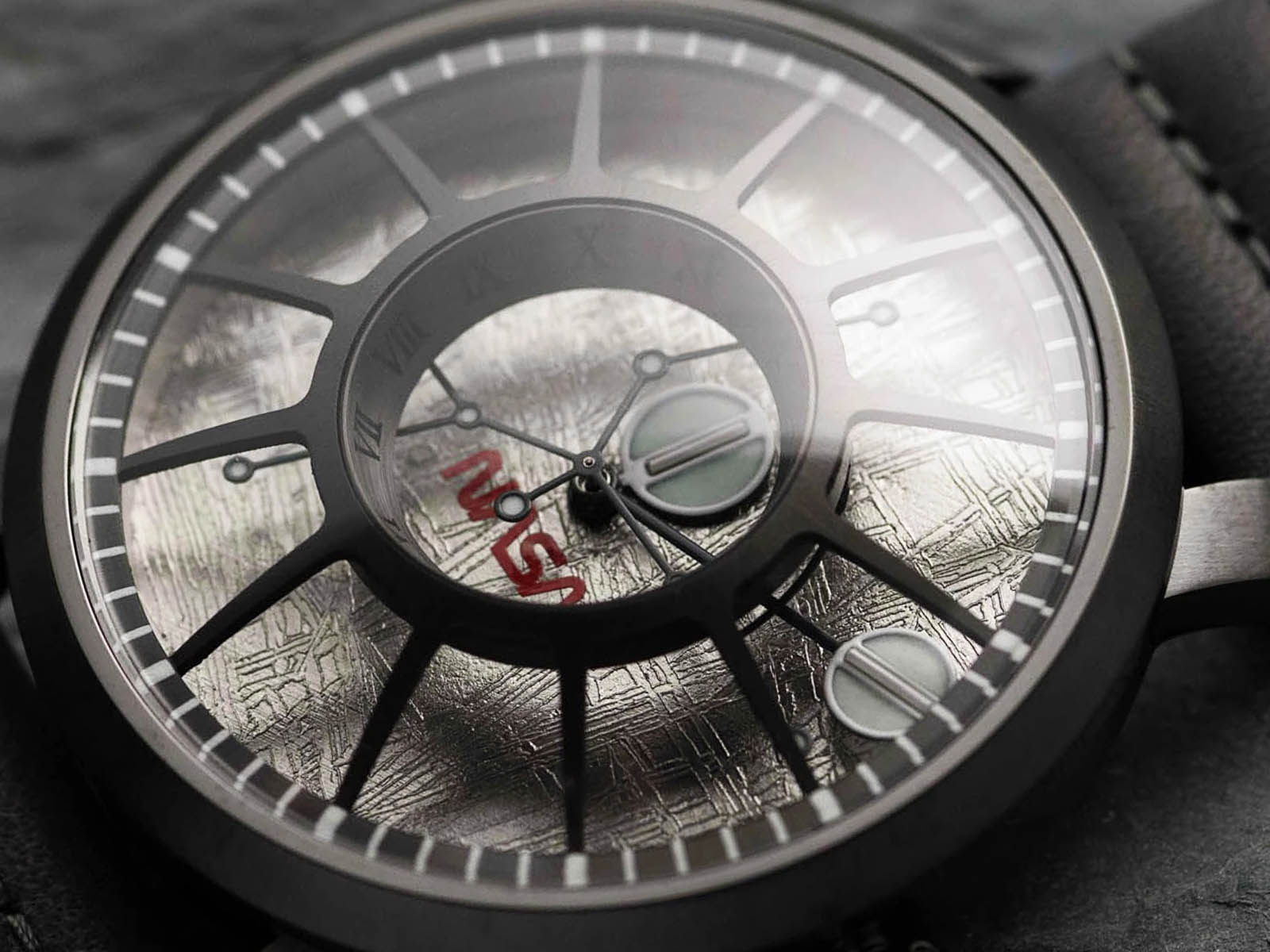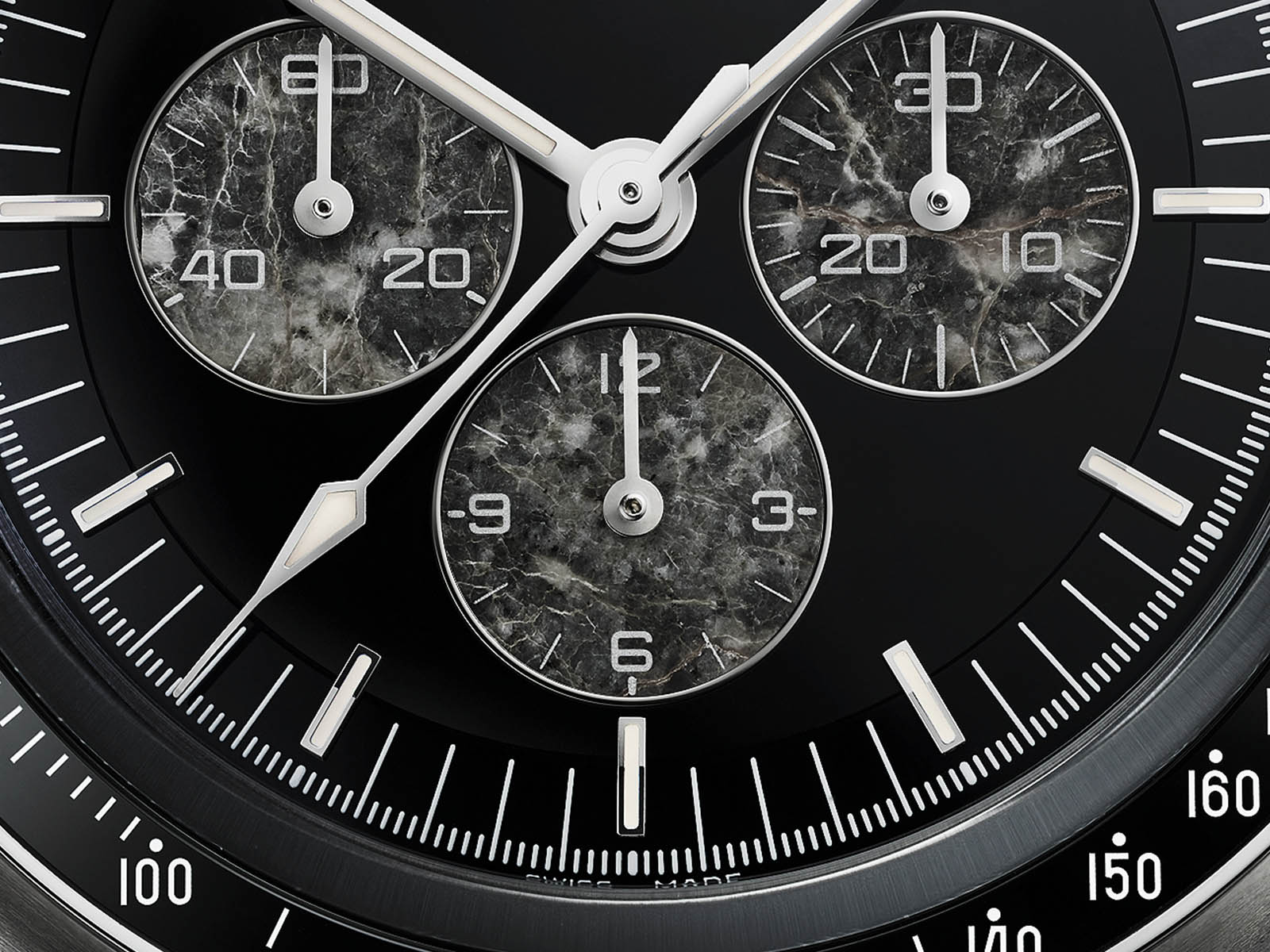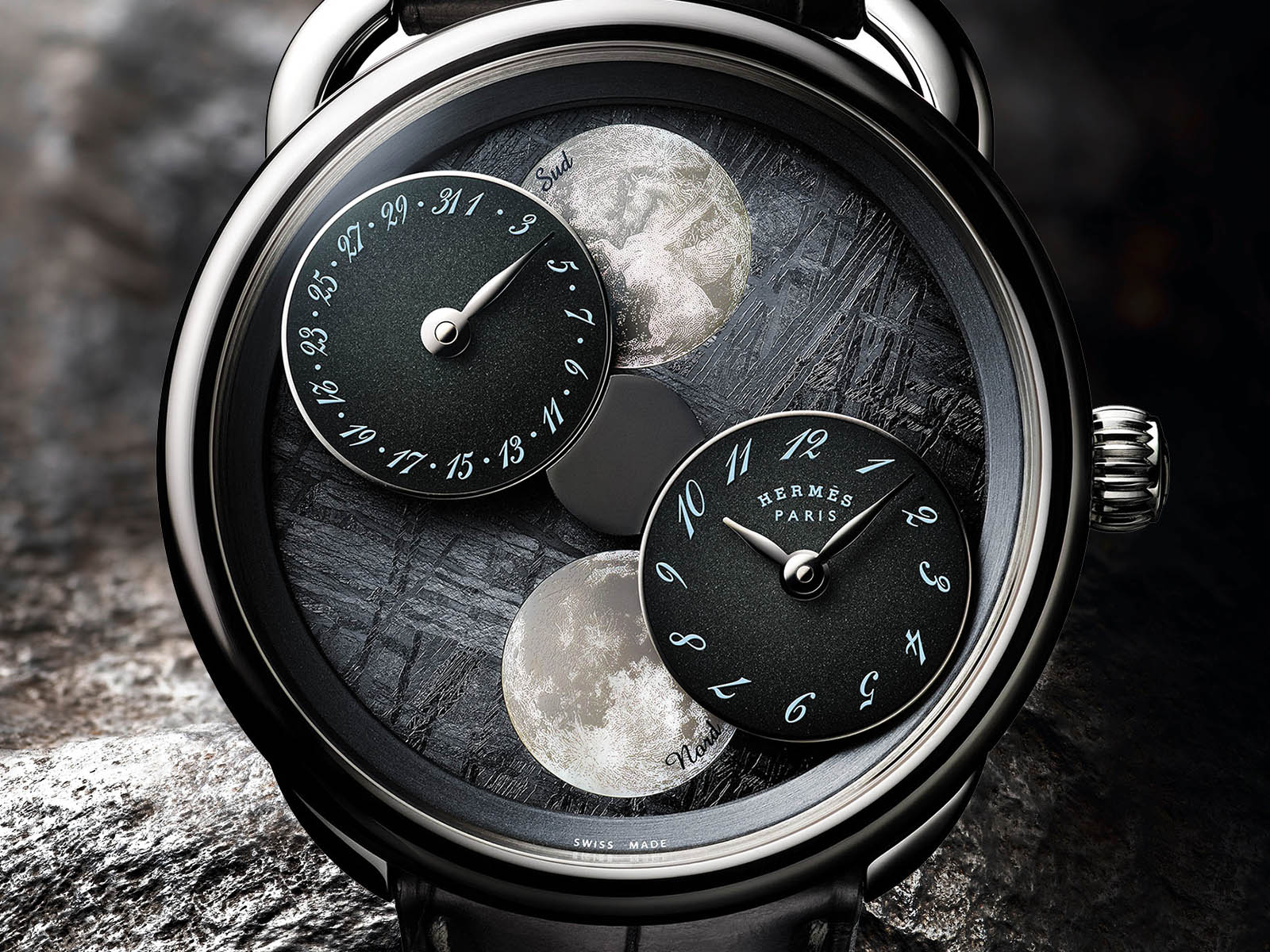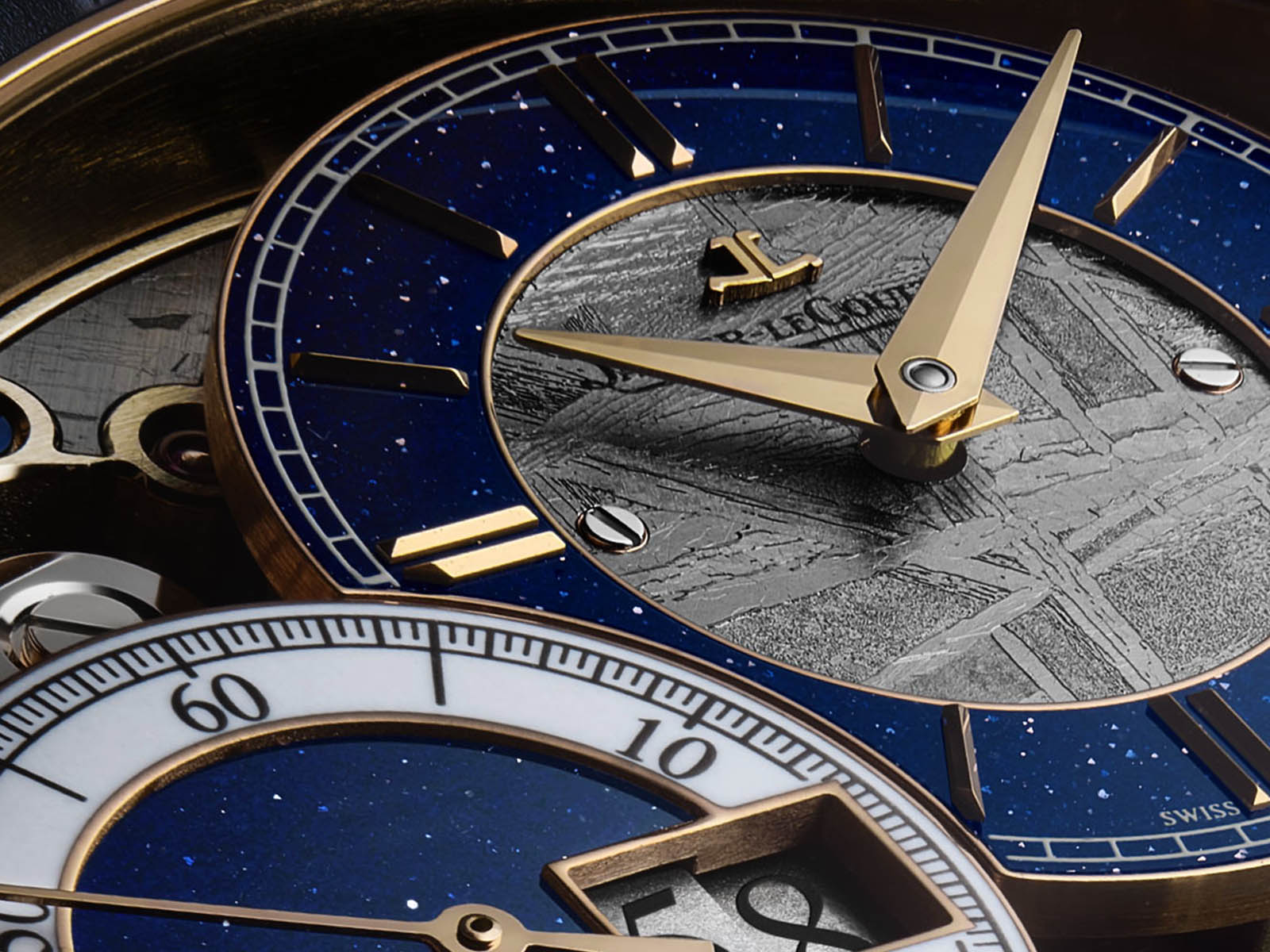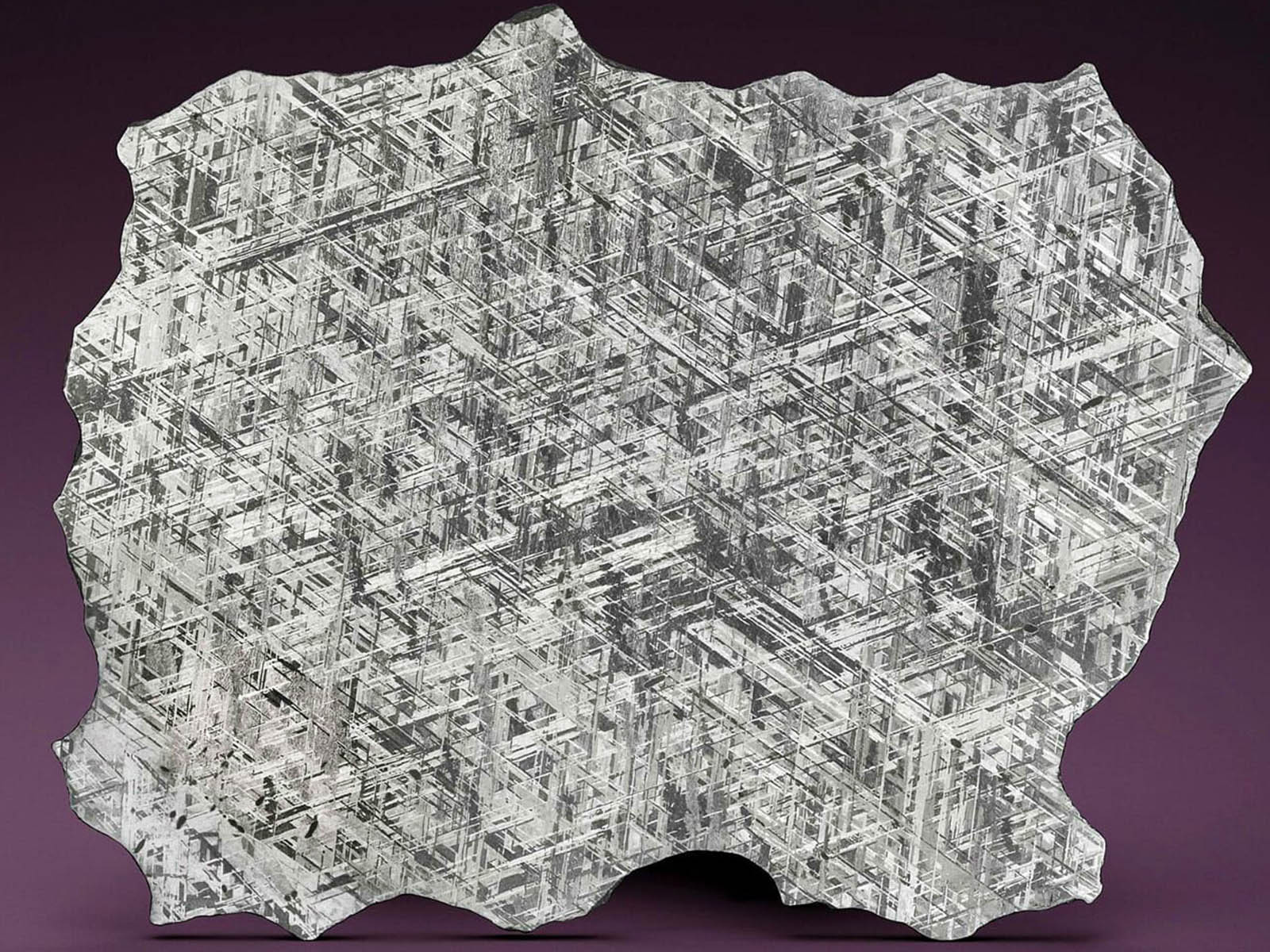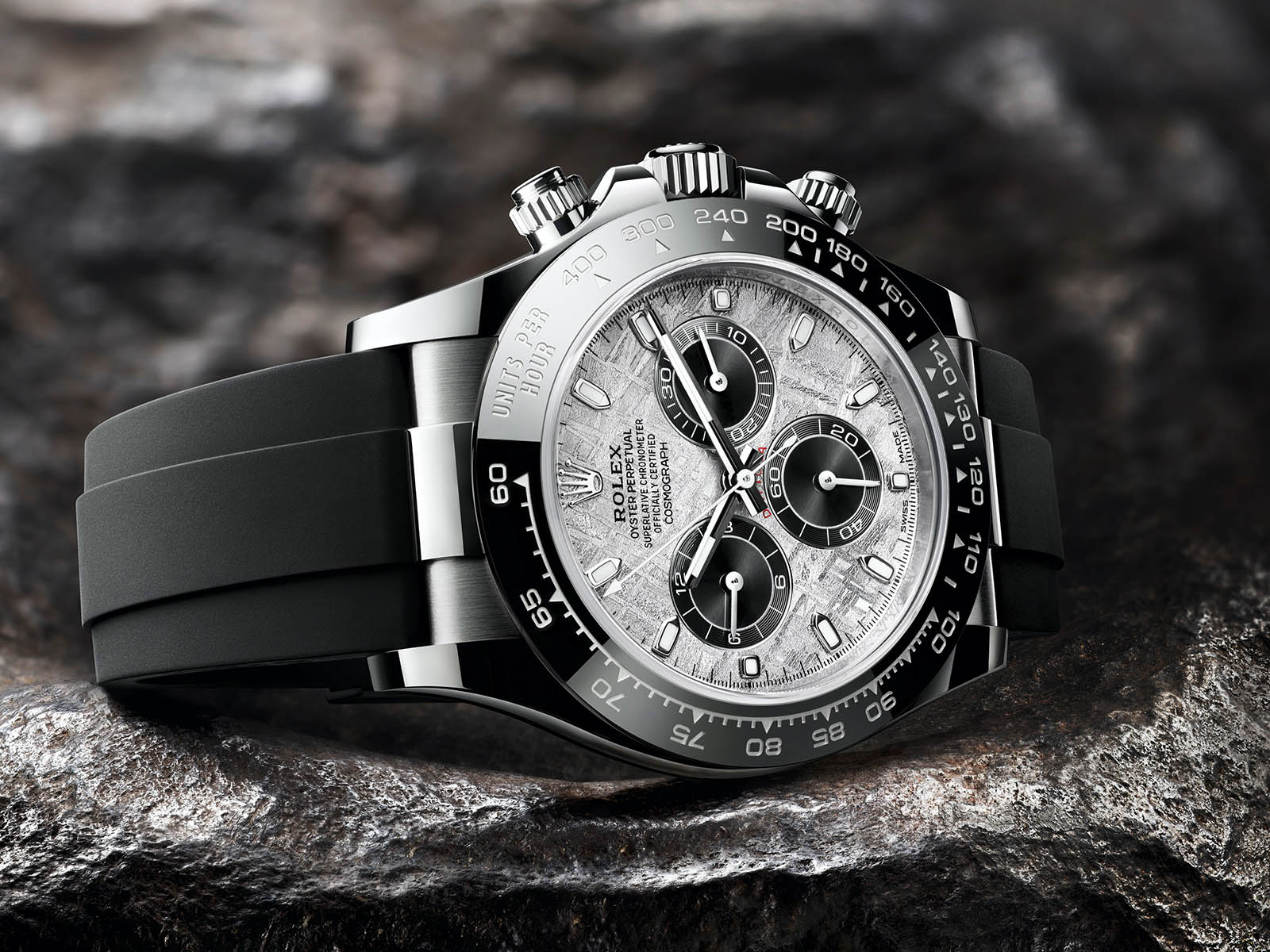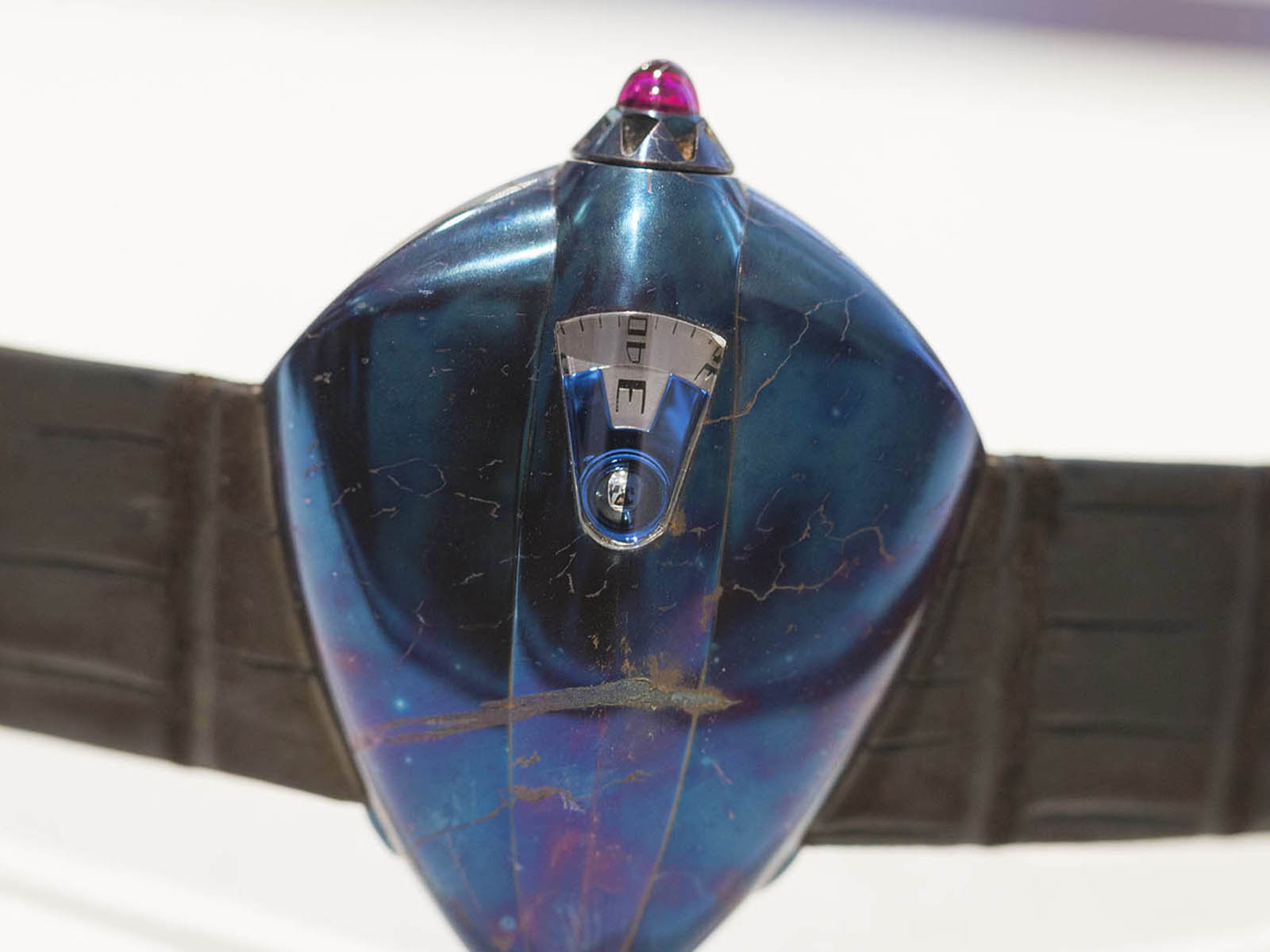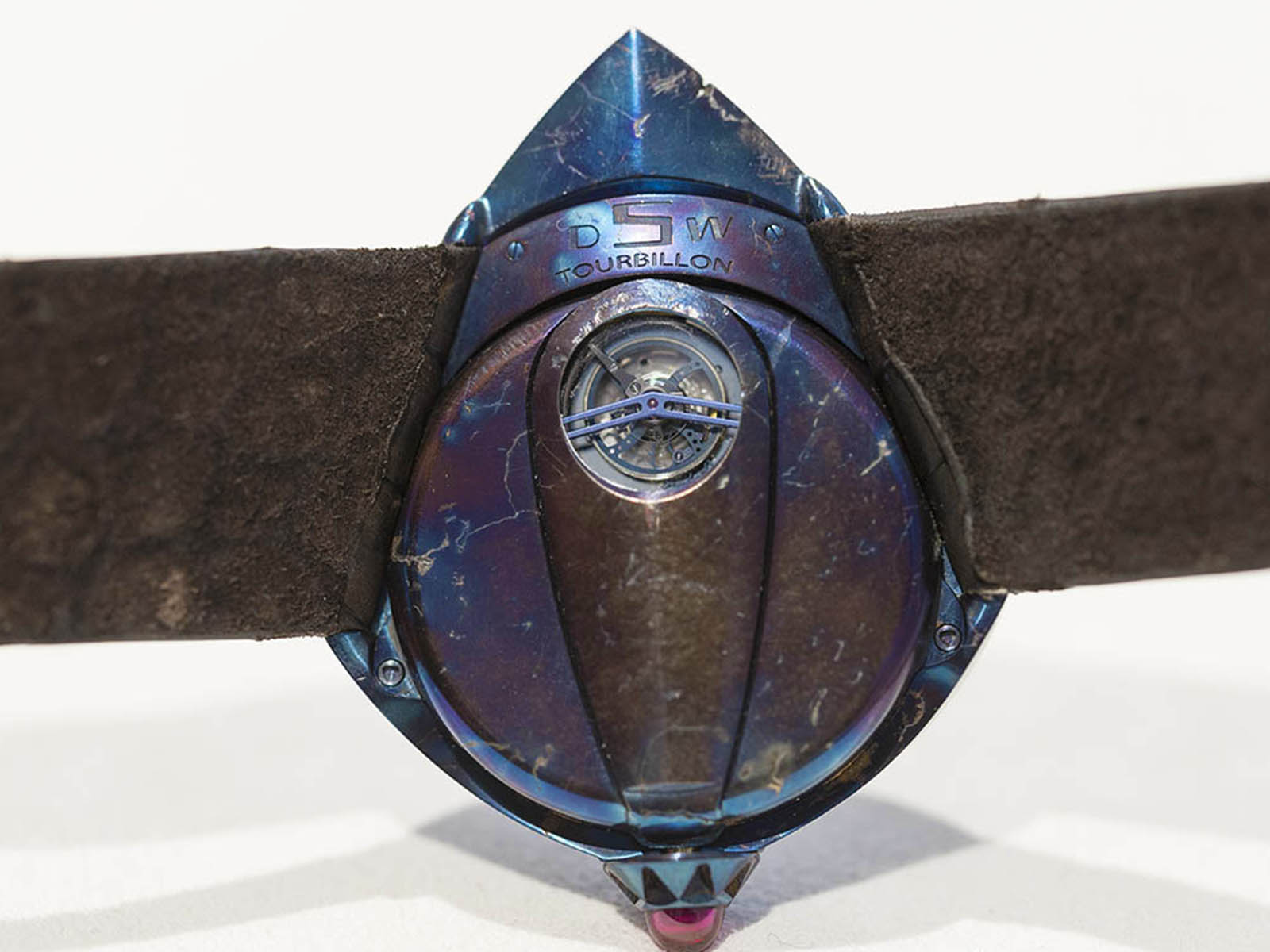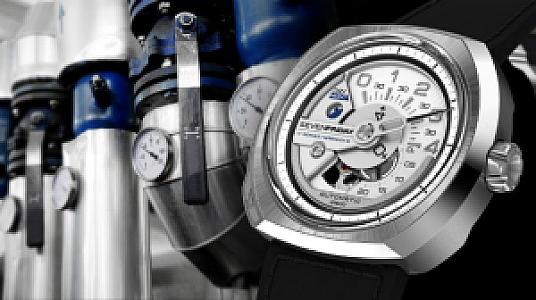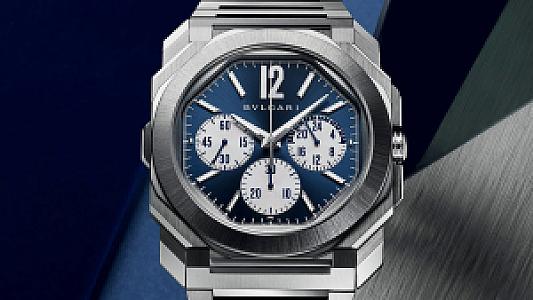One of the most striking answers to the question of what is one of humanity's most significant achievements: the exploration of space. The eternity, obscurity, and fascination outside of our atmosphere have attracted our attention throughout history. It still does. As a result of this interest, we also enjoy stones and metals that end their millions or even billions of years old adventures in the world. Of course, the watch industry does not remain indifferent to this interest.
Let's clarify the priorities and definitions. Objects with a diameter larger than a specific value that revolves around the sun are called asteroids. The big pieces falling on earth are called meteorites. The small fragments of a comet, asteroid, or meteor that can enter the atmosphere and reach the earth without burning/melting are called meteorites. The varieties of these pieces, which contain a large amount of iron and nickel, are suitable candidates for producing watch dials.
To date, there are approximately 1100 meteorite falls observed. There are also about 40000 finds. It is assumed that about 500 meteorites fall to earth each year. However, most of them got lost in the oceans. Some of them are not suitable for being a watch dial.
There are two main meteorites used in the world of watches. One is Gibeon, which fell to earth during prehistoric times and is in Namibia, and the other is Muonionalusta meteorites that fell on the Swedish-Finland border around 1 million BC. Gibeon mainly consists of iron and nickel, while the Muonionalusta consists of nickel, gallium, and germanium. Let me add that a small part of the Muonionalusta meteorite can be seen at the Rahmi KOÇ Museum in Istanbul.
The Widmanstätten pattern, or Thomson structure, is formed due to the high temperature the meteorite is exposed to during its entry into the atmosphere. It emerges after acid washes and becomes permanent. It is possible to find these patterns in many of the meteorite dial watches available on the market.
Making a meteorite dial is not an easy task. The material is hard and brittle, which makes it difficult to machine. In the meantime, not every piece of meteorite is suitable to be used for manufacturing watch dials. Each meteorite dial has its own patterns, so no watch's dial is the same. Therefore, every watch is a "unique piece".
Not every meteorite dial has Widmanstätten patterns. The case of the De Bethune Dream Watch Meteorite model, obtained from Campo del Cielo, which was thought to have fallen to the world about 5000 years ago, is breathtaking with its structure that turns blue when the iron it contains is exposed to flame.
It is possible to find watches with meteorite dials from many brands on the market. It is not possible to understand the fascinating presence of these dials without seeing them live. When the reflections and plays made by the light at every angle combine with the story behind the dials, the outcome becomes, inevitably, stunning.
